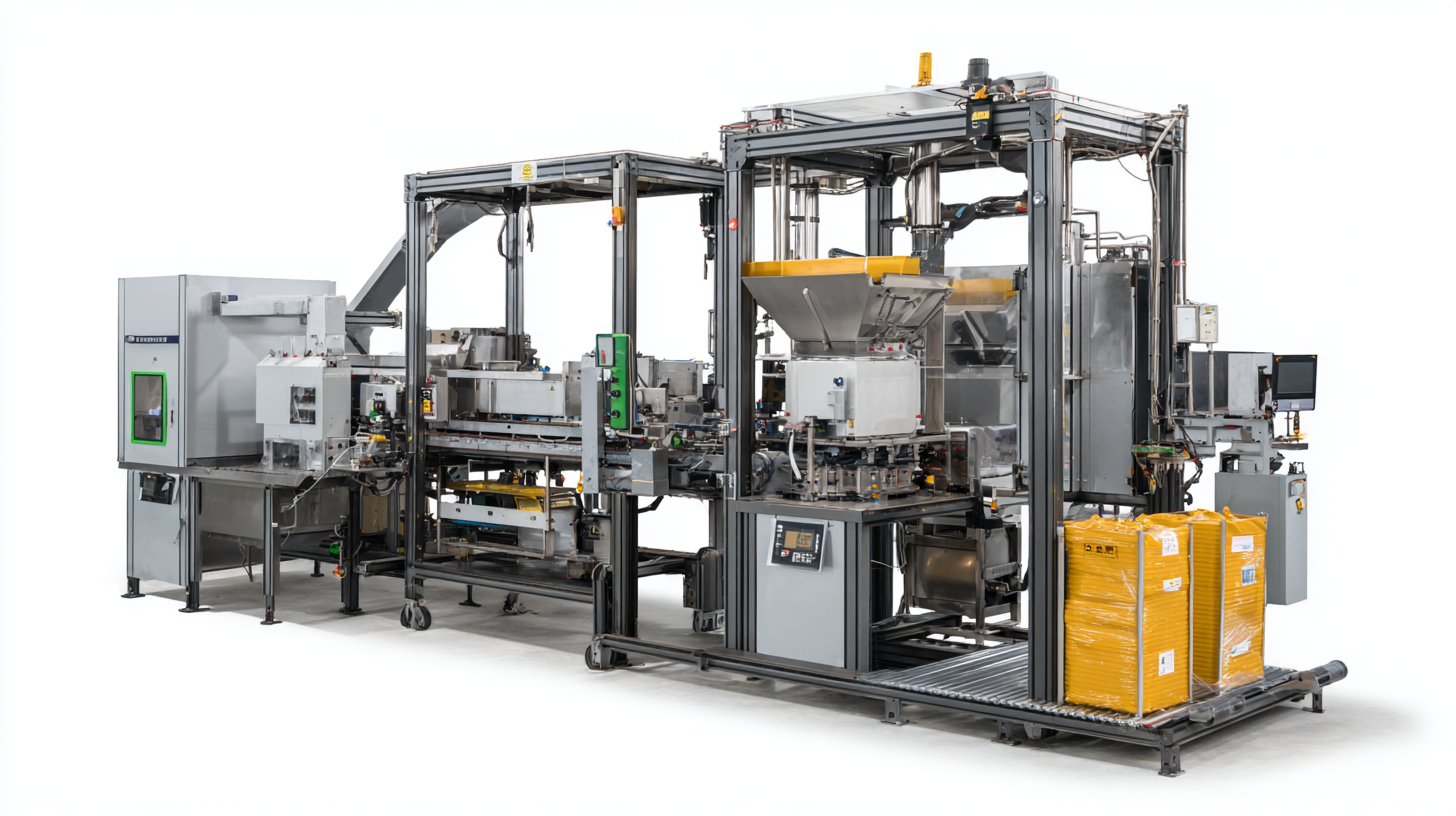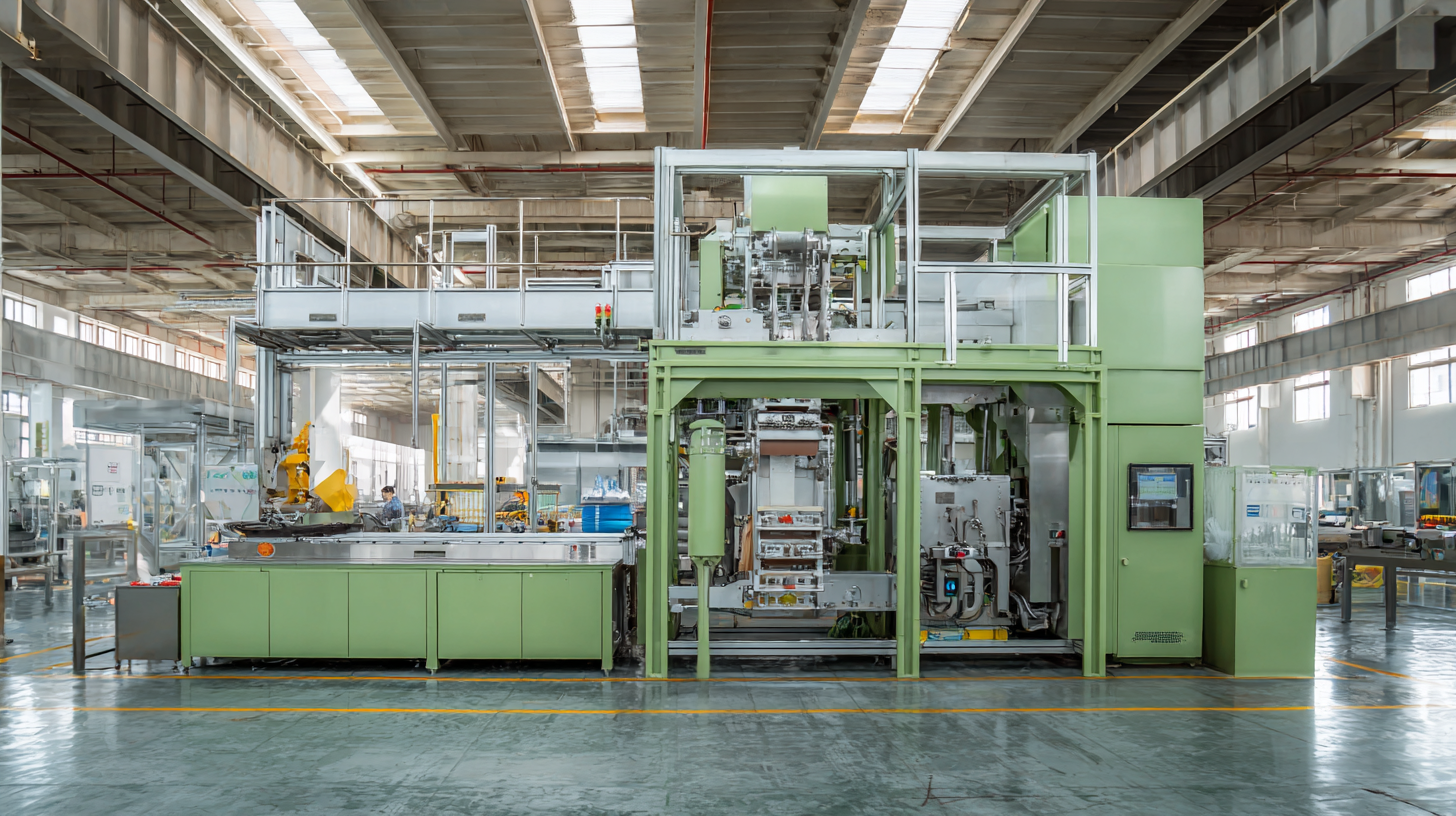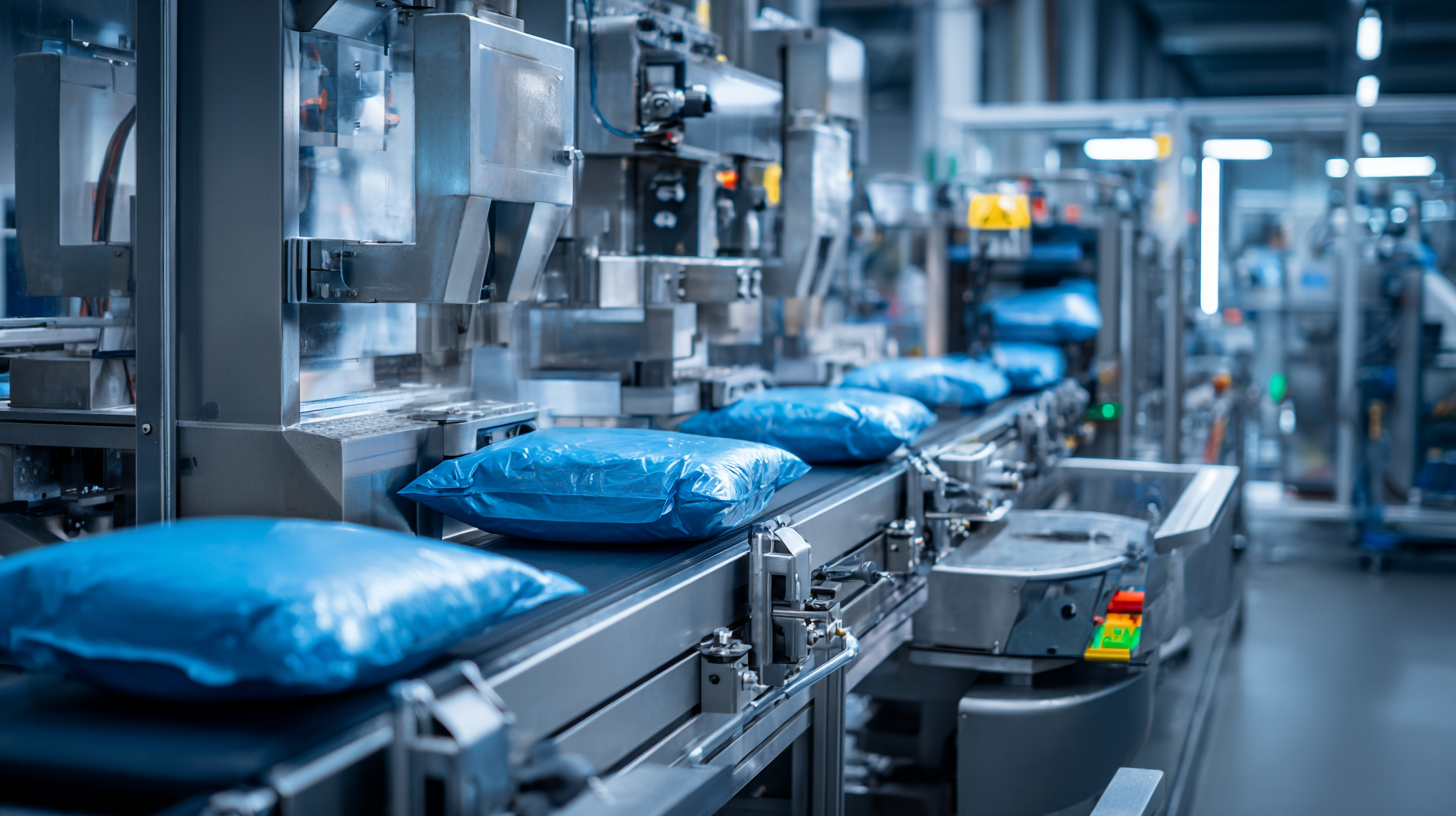Exceptional Automatic Bagging Machines from China: Elevating Global Supply Standards
The global demand for packaging solutions has seen significant growth, driven by the expanding food and beverage, pharmaceuticals, and consumer goods sectors. As per a recent market report, the automatic bagging machine segment is projected to grow at a CAGR of over 5% from 2021 to 2028, underscoring its essential role in enhancing operational efficiency and maintaining quality standards in production lines.
 China stands out as a leading manufacturer in this domain, leveraging advanced technology and skilled labor to produce exceptional automatic bagging machines. With its cost-effective solutions and adherence to stringent global standards, Chinese manufacturers are not only meeting domestic needs but also carving out a significant presence in international markets. This blog will explore how these innovations are elevating global supply standards and positioning China as a frontrunner in the automatic bagging machine industry.
China stands out as a leading manufacturer in this domain, leveraging advanced technology and skilled labor to produce exceptional automatic bagging machines. With its cost-effective solutions and adherence to stringent global standards, Chinese manufacturers are not only meeting domestic needs but also carving out a significant presence in international markets. This blog will explore how these innovations are elevating global supply standards and positioning China as a frontrunner in the automatic bagging machine industry.
Innovative Features of Automatic Bagging Machines Revolutionizing the Industry
The automatic bagging machine industry is experiencing a transformation, driven by innovative features that enhance efficiency and operational excellence. According to a report by MarketsandMarkets, the global automatic bagging machines market is projected to reach USD 7.54 billion by 2025, growing at a CAGR of 6.3% from 2020. This growth underscores the increasing recognition of automation's role in meeting high production demands across various sectors, including food, pharmaceuticals, and consumer goods.

One standout feature of modern automatic bagging machines is their integration of advanced AI and machine learning capabilities. These technologies allow for real-time monitoring and adjustment of bagging processes, significantly reducing product waste and downtime. Additionally, cutting-edge designs now incorporate user-friendly interfaces and smart sensors that ensure accurate filling and sealing, catering to specific customer requirements. For instance, the ability to handle different bag sizes and materials without extensive reconfiguration has made these machines indispensable in dynamic production environments, reinforcing their pivotal role in elevating industry standards globally.
Top Reasons Why Chinese Bagging Machines Lead in Efficiency and Quality
Chinese automatic bagging machines have gained a stellar reputation for their unparalleled efficiency and quality, setting new benchmarks in the global supply chain. One of the primary reasons these machines lead the pack is their innovative technology. Chinese manufacturers invest heavily in research and development, continuously enhancing their products with cutting-edge automation and smart features. This ensures that their bagging machines not only perform faster but also reduce waste, resulting in lower operational costs for businesses worldwide.
Another critical factor contributing to the dominance of Chinese bagging machines is their adaptability to various industries. From food processing to pharmaceuticals, these machines are designed to handle a diverse range of packaging requirements. This versatility allows manufacturers to cater to the specific needs of their clients, ensuring consistent performance across different sectors. Additionally, the rigorous quality control systems in place guarantee that each machine meets international standards, providing clients with reliable and long-lasting solutions for their packaging needs.
Efficiency Comparison of Automatic Bagging Machines
Exploring Cost-Effectiveness of Automatic Bagging Solutions from China
The cost-effectiveness of automatic bagging solutions from China is increasingly becoming a focal point in the global packaging industry. With the airport baggage sorting system market projected to grow from $250 million in 2022 to $500 million by 2030, reflecting a compound annual growth rate (CAGR) of 9.2%, the demand for efficient and reliable bagging technologies is apparent. This growth aligns with the ongoing transformation in packaging automation, where traditional manual bagging methods are being replaced by advanced machinery, thereby enhancing operational efficiency and reducing labor costs for many businesses.
China's automation in bagging machinery, particularly in FFS (Form-Fill-Seal) and FBS (Fill-Bag-Seal) technologies, is at the forefront of this change. The nation's current industrial packaging automation level remains relatively low, with many small enterprises still relying heavily on manual processes. The anticipated growth in the stand-up pouch machine market, estimated to reach $1.36 billion in 2024 and experiencing a CAGR of 6.2% until 2034, underscores the trend towards more automated solutions that can accommodate both cost savings and increased production capabilities. By investing in automatic bagging machines from China, companies can not only streamline their operations but also elevate their competitiveness in a rapidly evolving market.

How Advanced Technology is Enhancing Bagging Machines' Performance
The integration of advanced technology in automatic bagging machines signifies a transformative phase in the packaging industry, particularly in China. With innovations like 2.5D and 3D integration, manufacturers are enhancing the efficiency and effectiveness of their bagging solutions. These technologies not only streamline the bagging process but also facilitate the development of modular systems that optimize space and improve overall performance. The ability to incorporate embedded molds and fan-out packaging strategies further enables producers to meet varied market demands more responsively.
As global supply standards continue to evolve, the integration of sophisticated components such as logic devices, RF and analog devices, and photonics elements becomes essential. These components, tailored to specific materials and end-use industries, create a foundation for producing high-quality packaging solutions at scale. Moreover, the increasing size of the semiconductor materials market and the growth of advanced packaging segments suggest that the integration of technology within automatic bagging machinery will set a new benchmark in production standards, significantly boosting performance and operational longevity in diverse applications.
The Role of Customization in Meeting Diverse Packaging Needs Globally
The packaging industry is evolving rapidly, with customization emerging as a crucial factor in meeting diverse global packaging needs. As reported by Smithers Pira, the global packaging market is projected to reach approximately $1 trillion by 2024, driven by a growing demand for tailored solutions that accommodate specific products and markets. In this context, exceptional automatic bagging machines from China play a pivotal role in enhancing supply standards across the globe. These machines not only improve efficiency but also allow manufacturers to create packaging that meets the unique requirements of their customers.
One key to successful customization is flexibility in machinery design. Leading manufacturers are now offering features that allow quick changeovers between different bag sizes and styles. This capability is essential for companies aiming to adapt to fluctuating consumer preferences and market trends. A recent report from Packaging Strategies indicates that 65% of brands are prioritizing customized packaging solutions to enhance their product appeal.
**Tips:** When selecting an automatic bagging machine, consider the machine's adaptability and ease of use for various bag types. Investing in a system that can handle multiple configurations will save both time and resources in the long run. Additionally, it’s beneficial to collaborate with suppliers who offer engineering support to optimize the design for your packaging requirements.
